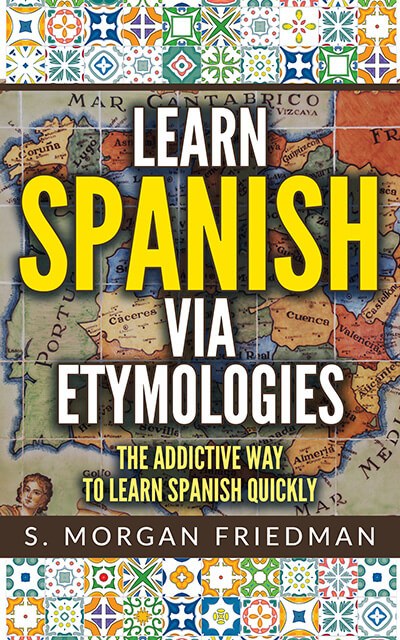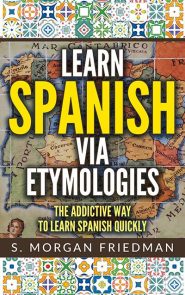The Spanish for “shirt”, Camisa, is a distant cousin of the English Heaven. How?
Both come from the same common ancestor, the Proto-Indo-European root *kem, meaning, “to cover.” This root evolved, via German, to the English heaven (that which covers us above) and it evolved, via Latin (and even the French chemise), to the Spanish camisa (that which covers our torso!).
But they sound so different. How can that be?
The answer is that the Indo-European sound k- transformed over time into the German and then English h- sound — which remaining the same (albeit with a c- spelling) in Latin and then Spanish. Thus the c- of camisa maps to the h- of heaven.
Other examples of this pattern include cornudo/horn and horse/correr.

